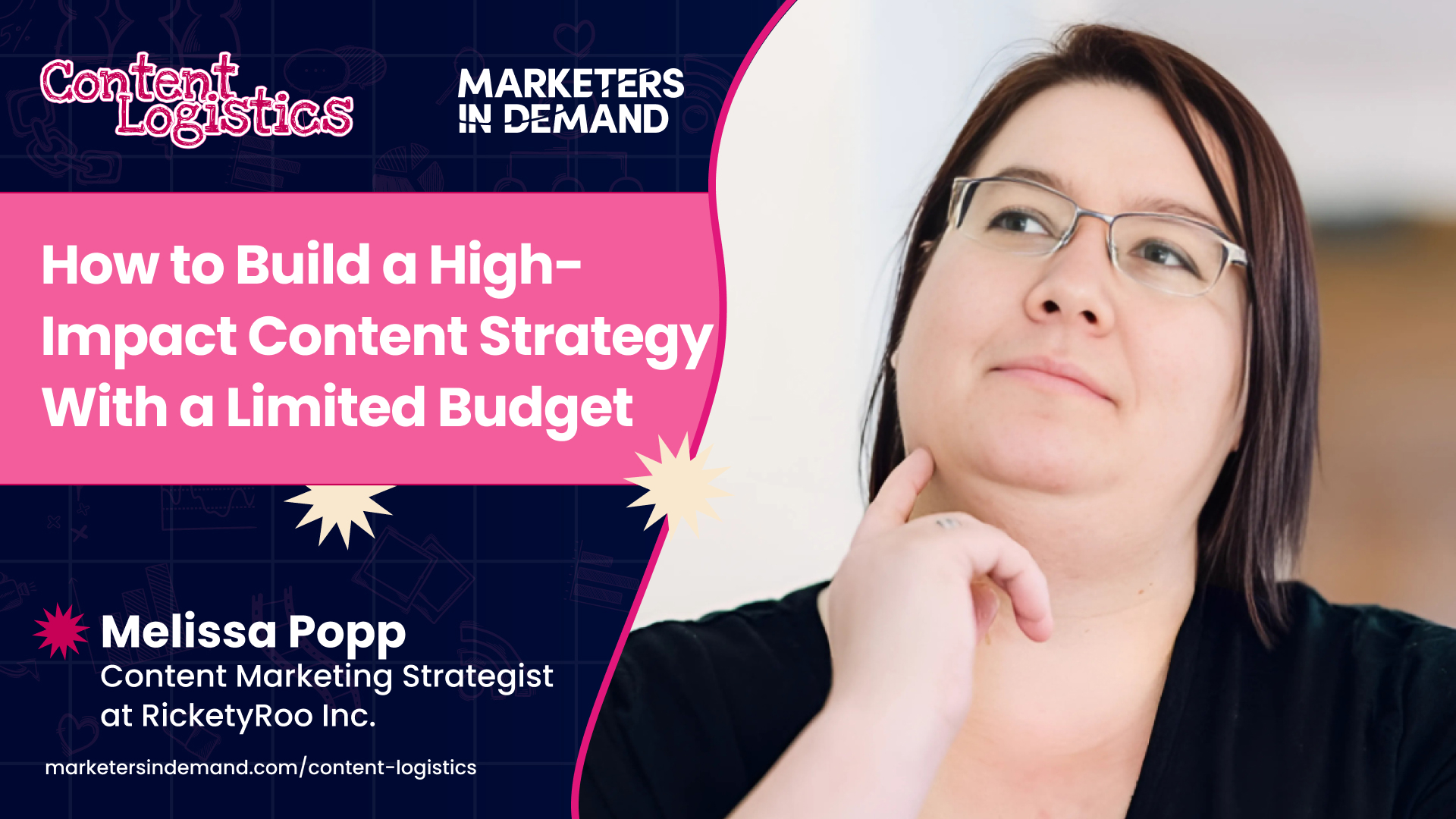In this episode of Creative Operations, host Jacob Brain talks with Jim Milton, CEO of Tourial, about the changing landscape of B2B content marketing. Jim argues that traditional long-form content like white papers and webinars is no longer effective in capturing the dwindling attention spans of modern buyers. He introduces the concept of “micro tours,” a new content format designed for the age of self-education.
Jim explains that micro tours are short, interactive product stories packaged with metadata. This allows for dynamic delivery and personalization, guiding prospects from curiosity to conversion. He emphasizes the importance of aligning content with a clear competitive framework and measurable revenue impact. Jim challenges marketers to move beyond engagement metrics and focus on driving pipeline and closed deals.
The conversation also explores the evolving role of AI in content discovery and the need for marketers to adapt their strategies accordingly. Jim suggests focusing on creating a backlog of highly targeted micro-tours that can be surfaced at key touchpoints throughout the buyer journey. He highlights Tourial’s platform as a solution for building and managing these interactive experiences.
Featured Guest

Name: Jim Milton
What he does: CEO
Company: Tourial
Noteworthy: Jim Milton has over 20 years of experience in SaaS, including roles as Chief Strategy Officer at Smart Recruiters.
Featured Guest
Key Insights
Content is King, But Context is Queen
The sheer volume of content available to B2B buyers has created a “sea of sameness.” Simply producing high-quality content is no longer enough. To cut through the noise, content must be strategically positioned, personalized, and delivered in the right context at each stage of the buyer’s journey. This requires a deep understanding of your target audience, their pain points, and where they are in the self-education process. Marketers need to shift from a mindset of “force-feeding” content to guiding buyers with relevant, bite-sized information that helps them progress towards a purchase decision.
Micro Tours: A New Content Format for a New Era
Traditional long-form content struggles to hold the attention of today’s buyers. Micro tours offer a solution. These short, interactive experiences deliver product value and key messaging in a concise and engaging format. By incorporating multimedia and interactive elements, micro tours provide buyers with control over their learning experience. This approach caters to the modern demand for self-guided exploration while still allowing marketers to maintain a narrative framework and reinforce key differentiators.
Measure What Matters: Revenue is the Ultimate Metric
While engagement metrics can be helpful indicators, they shouldn’t be the primary focus. Content marketing, like any other marketing activity, must ultimately drive revenue. This requires a clear understanding of how content influences pipeline, campaigns, and closed deals. Marketers need to establish a direct connection between their content efforts and bottom-line results. This shift in focus necessitates tighter alignment between product marketing, content marketing, and revenue teams, with a shared emphasis on measurable business outcomes.
Episode Highlights
The Evolving Buyer’s Journey
Jim and Jacob discuss how the B2B buyer’s journey has changed significantly. Prospects are now more resistant to traditional sales tactics and prefer to self-educate. This shift requires companies to rethink their content strategy and find new ways to engage buyers who are increasingly jaded by empty promises and generic marketing messages. The traditional inbound marketing approach of simply creating a large volume of content is no longer sufficient.
“I think as marketers we understood half the equation, which is we needed to be more authentic and produce content that wasn’t just advertising but that had real value to it. […] But I think that the half of the equation that was missed was there was going to be a limit.”
The Power of Positioning in a Crowded Market
With so much content available, positioning becomes crucial for differentiation. Jim emphasizes that even high-quality content can get lost in the noise if it’s not properly positioned. He uses the analogy of a “Radio Shack era” of marketing, where companies are tinkering with tech stacks but neglecting the core principles of marketing. He stresses the importance of understanding your target audience, their specific needs, and tailoring your message to resonate with them.
“It’s tricky, and I think a lot of it comes back to just remembering our first principles in marketing. […] I think the current state of marketing is what I’ll call the Radio Shack era.”
The Rise of Agentic Content and AI
The conversation shifts to the rise of AI and its impact on content discovery. Jim envisions a future where buyers rely on AI agents like ChatGPT to find and consume content. This necessitates a shift towards “agentic content marketing,” where content is optimized for discovery and delivery by these intelligent agents. He also points out the potential risk of losing control over brand positioning when relying on AI to synthesize information.
“So I think first of all, it’s important to acknowledge the problem, which I think is content is living in the Stone Age. A lot of companies are still stuck in gear, generating those 27-page PDF research reports, or pumping out those one-hour webinars, even at the top of the funnel.”
From Buyer-Led Growth to Guided Empowerment
Jim challenges the concept of “buyer-led growth,” arguing that buyers need guidance, not just freedom. While respecting the buyer’s desire for self-education, he emphasizes the importance of providing a framework for their journey. He stresses the need for a consultative approach that helps buyers understand their needs and find the best solutions, even if it means challenging their initial assumptions.
“Buyer-led growth to me just sounds like order taking and giving the buyer literally what they want, instead of what they actually need. And I think one of the deep kind of principles that animates my vision here at Tourial is that buyers want freedom, but they need guidance.”










